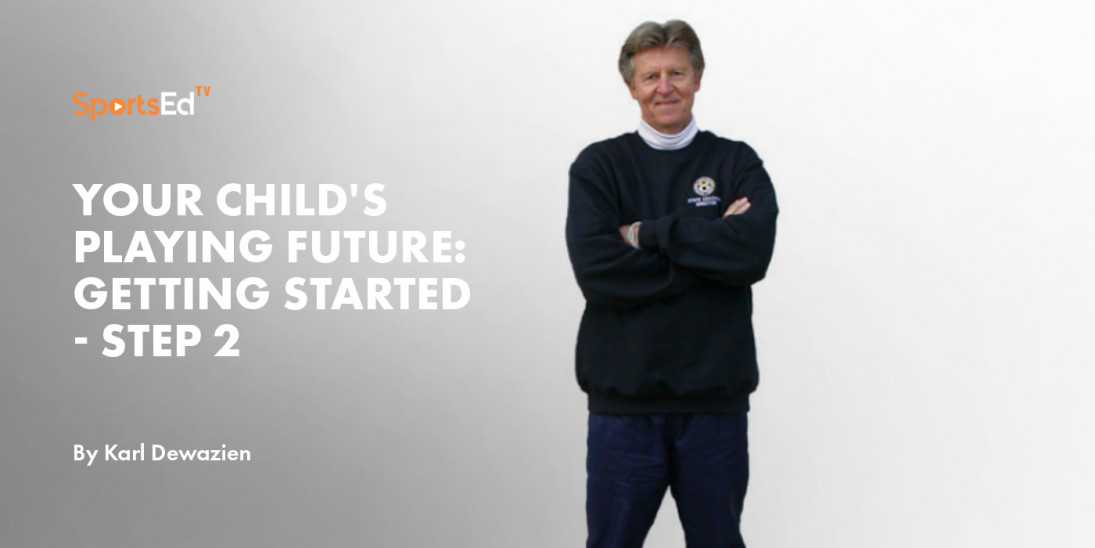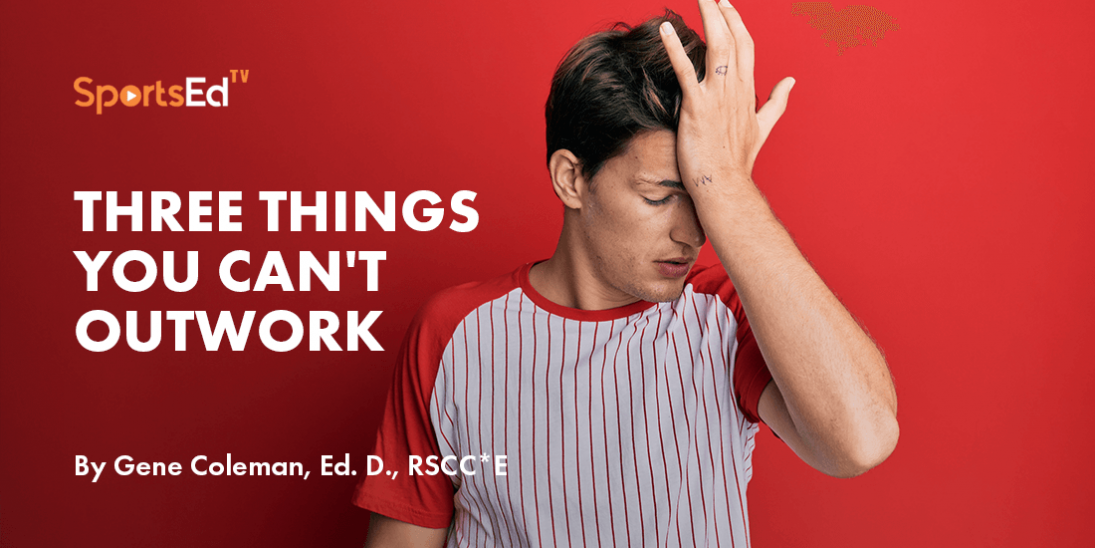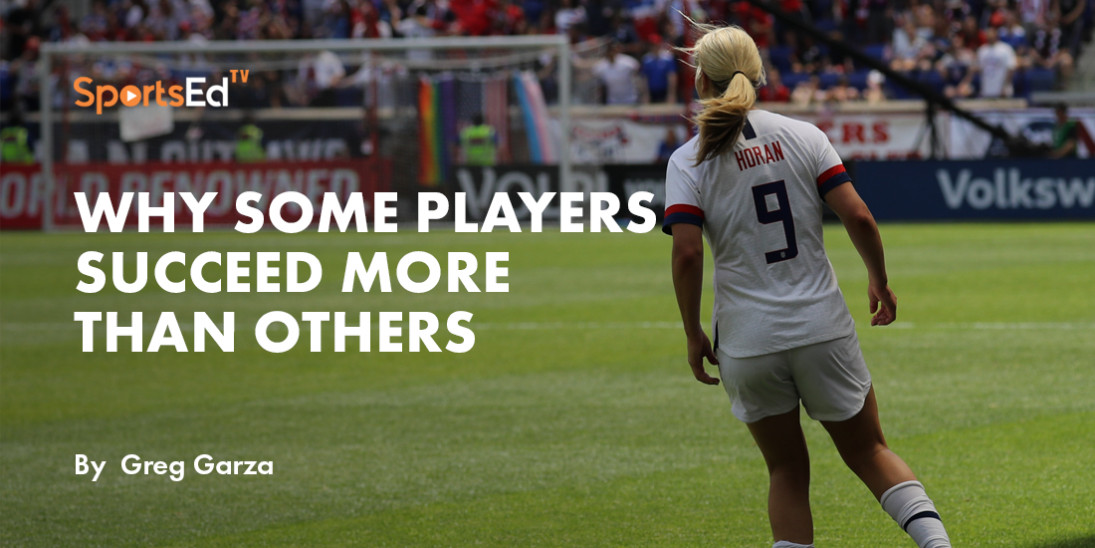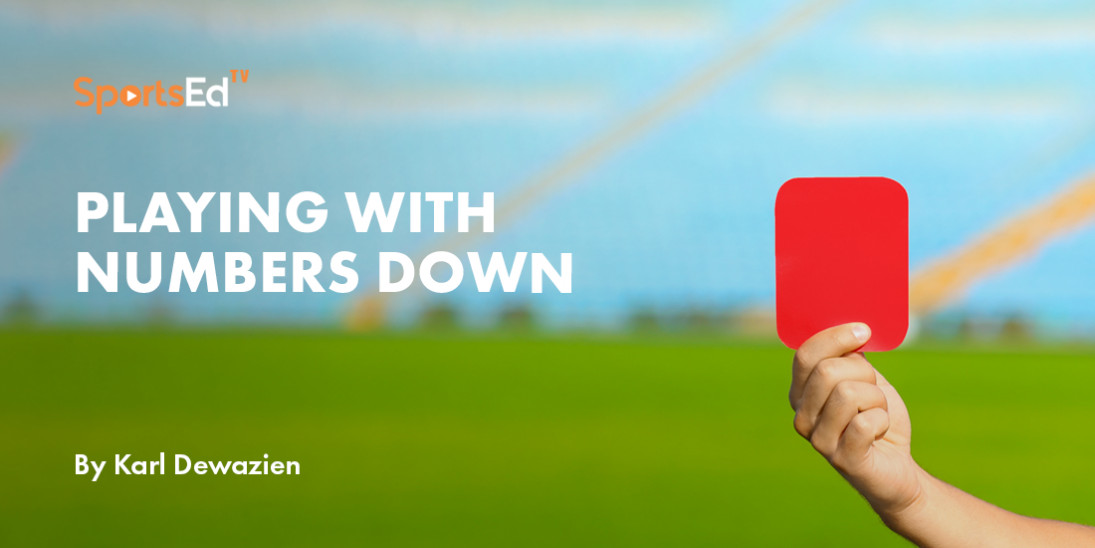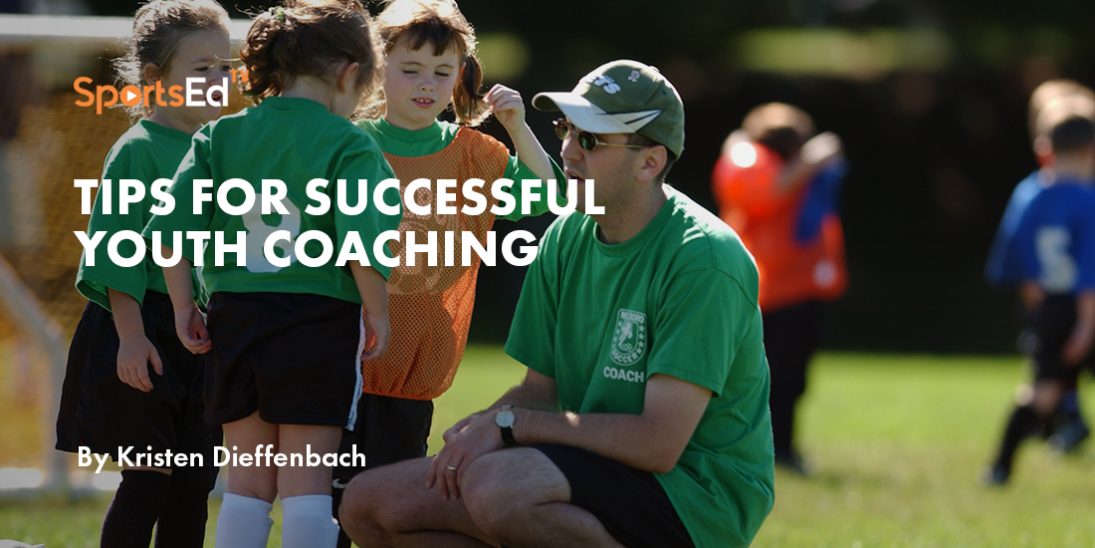Soccer
Welcome and thanks for visiting...

6 Drills To Improve Your Team's Passing
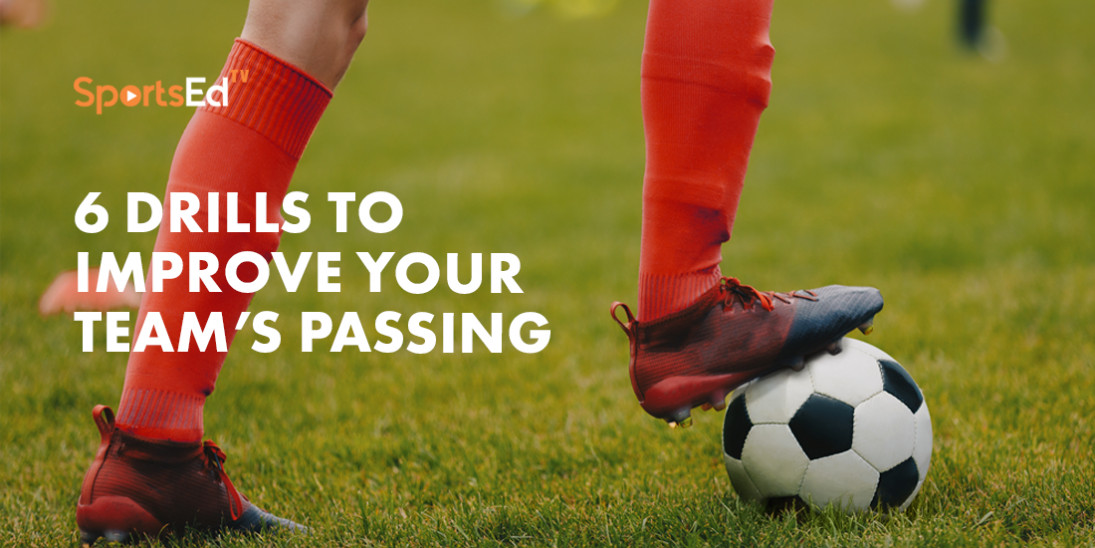
Passing and receiving are two of the most important skills in soccer. It’s essential that players of all positions and levels practice heavy repetition of two-touch passing, with coaching on the right technique. Try these 6 drills to give your players the needed practice of team passing in soccer:
Drill 1: The Rondo
The rondo is one of the most commonly used activities in soccer training, including at the professional level. It consists of 1 or 2 inside players (defenders), and a circle of outside players who must keep possession of the ball. The difficulty of the drill can be adapted to fit the skill level of the players.
To make it easier:
- No touch limit for passers
- Fewer defenders (1 being the easiest)
- A larger circle with more space between the passers, so they have more time on the ball
To make it more difficult:
- Limit touch number (the most difficult is to limit players to one touch)
- More defenders
- Smaller circle
Here is a variation on the rondo focused on a pass that splits the defenders:
Drill 2: The Passing Circle
The passing circle is a great way to ensure that players keep their heads up and communicate while passing. To make the drill more challenging, add a second ball or even a third if needed. Players must stay very aware and communicate this way. Encourage players to call the name of the person they are passing to, as well as to call for the ball when they're free if they see their teammate looking for a passing option. These habits will carry over to matches and help your team communicate and collaborate on the field.
Drill 3: Back Foot Receiving
This passing and receiving drill focuses on teaching players to open their hips and take a positive first touch in a new direction to set up their next pass. This is an important skill for all positions to learn. This drill can be made more difficult by pushing the cones further apart and a focus on conducting the process faster. Players should practice taking their receiving touch around the back of the cone with enough force that it sets up their next pass without needing a third touch. Make sure this drill is practiced in both directions so players work both feet.
Drill 4: The Box Drill
The box drill is a one-touch passing drill that helps improve the one-touch passing technique and builds a habit of passing and moving. Players should try to make this drill as intense as possible, with sharp passes followed by a quick acceleration to their next spot. Players should call for the ball when it's their turn to receive and keep their heads up as they move through the drill. Make sure to run this drill in both directions and emphasize the importance of using both feet.
Drill 5: Two-Touch Passing
This drill has players pass back and forth in pairs, using the first touch to take the ball around a cone and the second to pass. It helps players get comfortable taking a touch across their body to set up their next pass. Players should practice using the inside and outside of both feet for the first touch in this drill. Taking a touch across the body is a very important skill that allows players to create distance away from defenders when receiving the ball. This drill is a great way for players to practice passing and receiving at home as well, as they only need one other player, one ball, and two cones. They can also replicate this drill on a wall, using only one cone in front of them. The wall will give the ball back on the same side from which the player passed. The player then takes a touch across and passes on the other side.
Drill 6: Long Ball Passing
Here, players work on passing over longer distances. They rehearse different types of long balls, from a higher floated pass to a lower driven pass that skips along the ground. Again, this drill is great for all positions and levels. Players should do their best to again keep it two touches: one to receive and one to pass. Adjust the distance as needed, as closer distances will make the drill easier and give players a good environment to work on form without having to generate as much power. As they get comfortable, move them farther apart.




